And according to research, it helps ease any inflammation1 you may have.



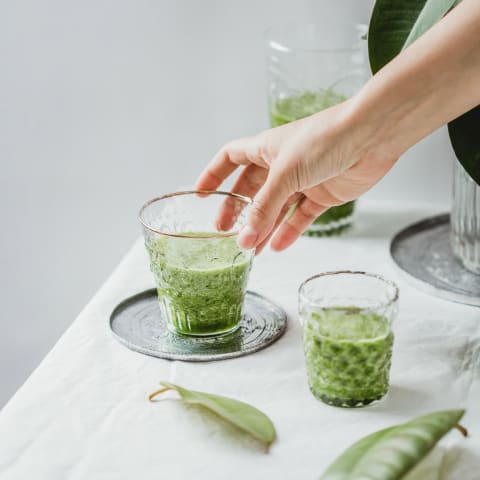
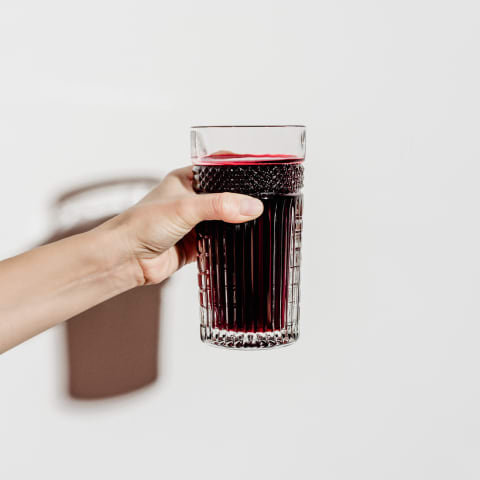
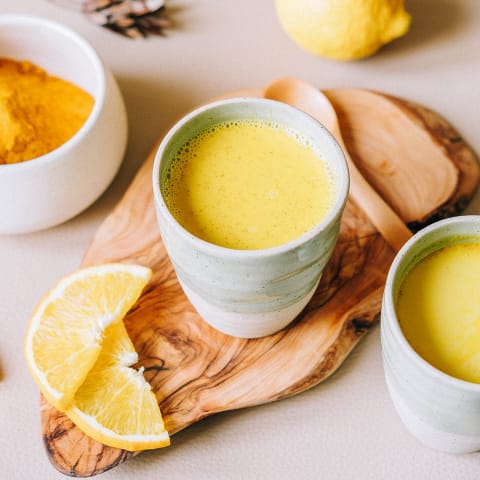
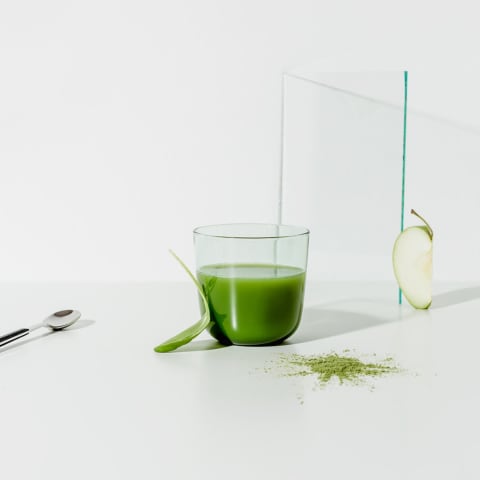
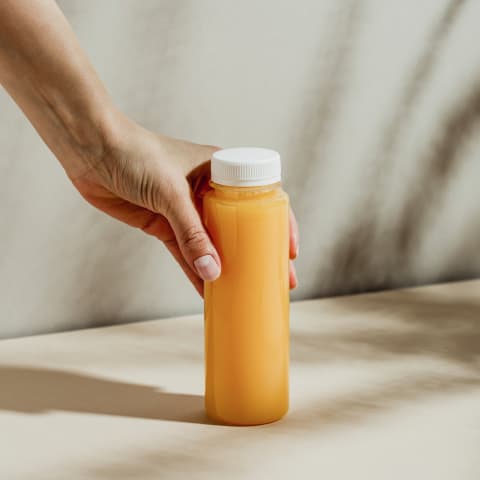
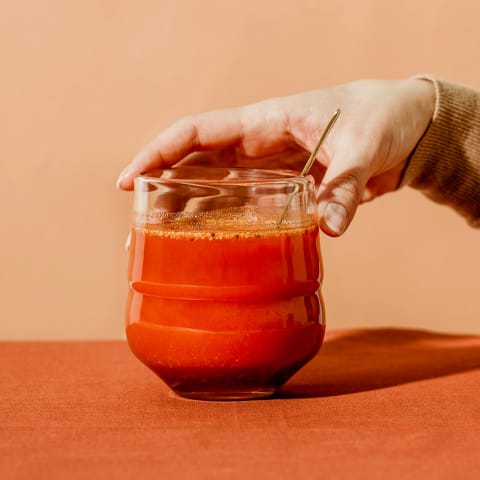
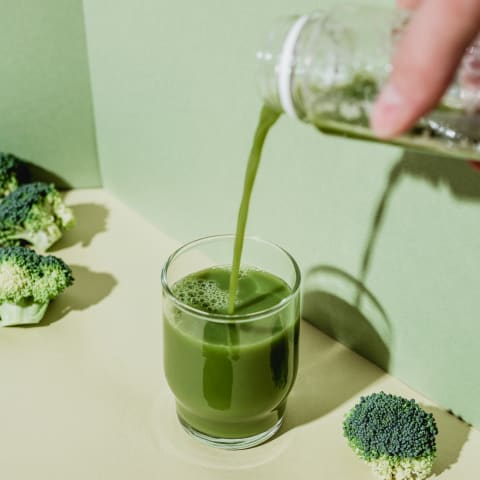

title: “Juice Fasting Benefits Risks How To Do One” ShowToc: true date: “2022-12-31” author: “Charles Armstrong”
Many people opt to try juice cleansing or fasting as a way to jump-start their way toward better health, weight loss, and improved gut health. But is following this liquid diet effective or even safe? Below, we unpack everything you need to know about the benefits and side effects of juice fasting and the safest way to do it. Scroll at your leisure. Juicing fruits and vegetables is different from blending because it isolates the liquid of the produce from the pulp and fibrous portion. Therefore, fruit and vegetable juices will have a more concentrated amount of vitamins, minerals, and phytochemicals but less fiber when compared to something like a smoothie. Juice fasts can be as short as 24 hours or as long as 10 days. For a sample juice fast, check out this one-day juice cleanse. But are these juices really worth the hype? Most of these claims are unsubstantiated and anecdotal rather than science-based, but there may be some positives to note from short-term juice fasting. One study1 investigated the effects of a juice fast on health. This study looked at how a three-day fruit and vegetable juice fast affected the gut microbiota, weight loss, and body composition of 20 healthy people. During the fasting period, the subjects drank six 16-ounce bottles of juices that were a mixture of leafy green vegetables, roots, citrus, cayenne, and vanilla almond, totaling around 1,310 calories per day. After the fast, the 20 people could then resume their normal diet for two weeks. The results showed that people lost a significant amount of weight during the juice fast, and that weight loss persisted over the following two weeks (potentially due to changes in their gut microbiota). However, the weight loss may have resulted from lower calorie intake in general rather than from the juice specifically, and beneficial changes in people’s gut microbiota may have been due to the overall increase of fruits and vegetables in the diet for those three days. However, this study shows that a juice fast of this composition and calorie count for up to three days is safe and can be somewhat beneficial. But those benefits can’t necessarily be fully attributed to the juice itself. Whatever your goal is, a juice fast may be a step in helping to reach that goal (depending on what your current eating habits are like), but it is not a fast track to wellness. Making sustained changes to your health and well-being takes time. Additionally, you’ll want to think through when works best in your schedule to actually start a juice fast. My advice: Plan it for a low-key weekend at home, where you can run to the bathroom as often as you need to (you will be peeing a lot!). Juice fasts require you to drink a lot of juice that is perishable, so it may not be best to juice fast when you’re traveling either. You can also drink as much water and herbal tea as you want throughout the day. Adding one or two more servings per day is OK if you feel like you need more sustenance. This amount of juice is necessary to get enough calories so you are still meeting (or close to meeting) your body’s basic energy requirements. And if you are constantly feeling tired, loopy, unable to concentrate, or your hunger pangs are taking over, it may be a sign that your juice fast is doing more harm than good. At this point, consider returning to a whole food diet (think fruits, vegetables, legumes, nuts, whole grains, fish, and eggs). Doing a juice fast for a longer period of time can increase the likelihood of experiencing the negative side effects of juicing such as headaches, hunger, and blood sugar swings, and there is no proof of the benefit of increased “detoxification” with a longer fast. Salads, oatmeal, sweet potatoes, and whole fruits could help ease you back into solid foods again, but if you don’t have a sensitive stomach, you may be able to resume eating your normal diet right away. After this short introductory period back to solid foods, it is important to incorporate high-quality nutritious foods back into the diet. Whole fruits and vegetables will add more fiber back into your diet. Whole grains like brown rice and quinoa, and protein-rich foods like lentils, legumes, and high-quality meats and poultry should also be added back to meals and snacks. Elite and competitive athletes also have very high-calorie needs, and juice fasting would not support that high energy expenditure or contain the nutrients necessary for optimal recovery. Lastly, people with diabetes, kidney disease, or liver disease should steer clear of juice fasting because of having an altered physiological response to food. You can achieve the purported benefits of juice fasting like weight loss and better digestion by simply adding more fruits and vegetables to your regular diet. Doing this will up your fiber intake, which is good for digestion, and replacing foods like refined carbohydrates with fruits and vegetables can help with weight loss. If you like the idea of drinking your fruits and vegetables, try making a smoothie as a meal replacer instead of juice. Smoothies allow more flexibility with the types of food you put it, especially protein-rich foods. Adding dairy or soy products, nut butter, chia seeds, or flaxseed meal to smoothies bumps up the protein and fat content, making that smoothie a filling meal containing everything you need to nourish your body and feel satisfied. There are better and safer alternatives to juice fasting, however, like just adding more fruits and vegetables to your daily diet. But if you really want to try a juice fast or cleanse, keep the tips above in mind to minimize the potential side effects.


